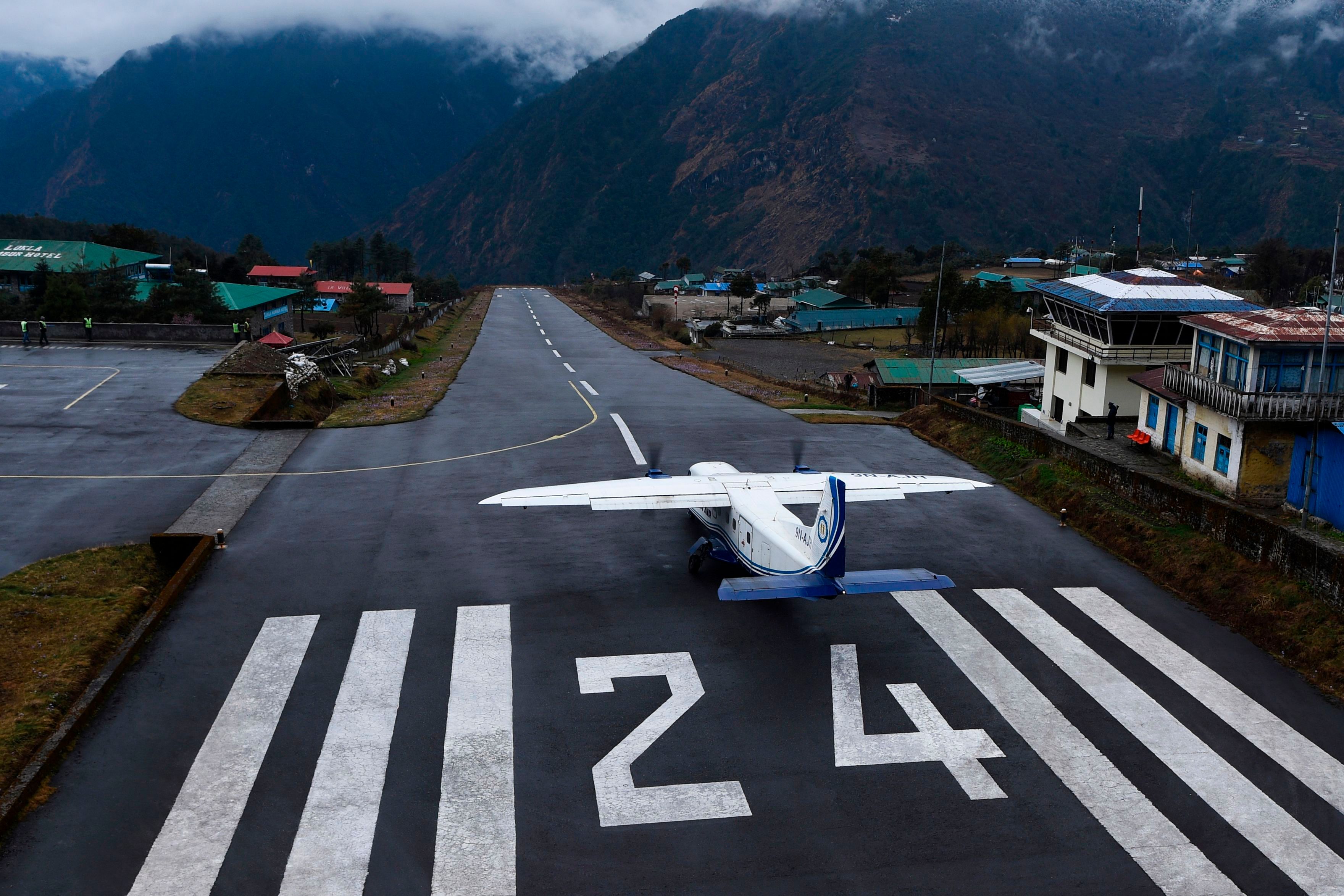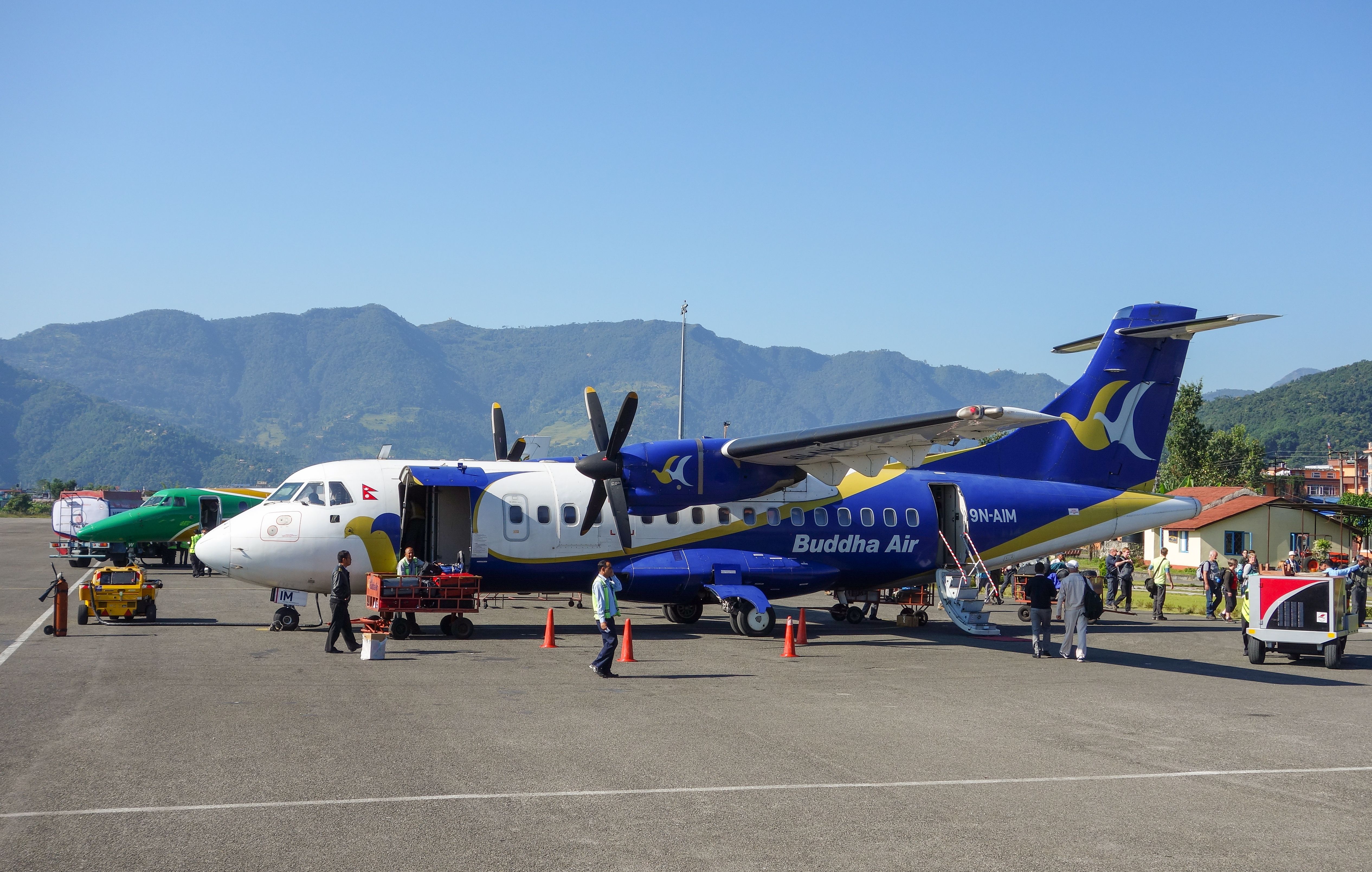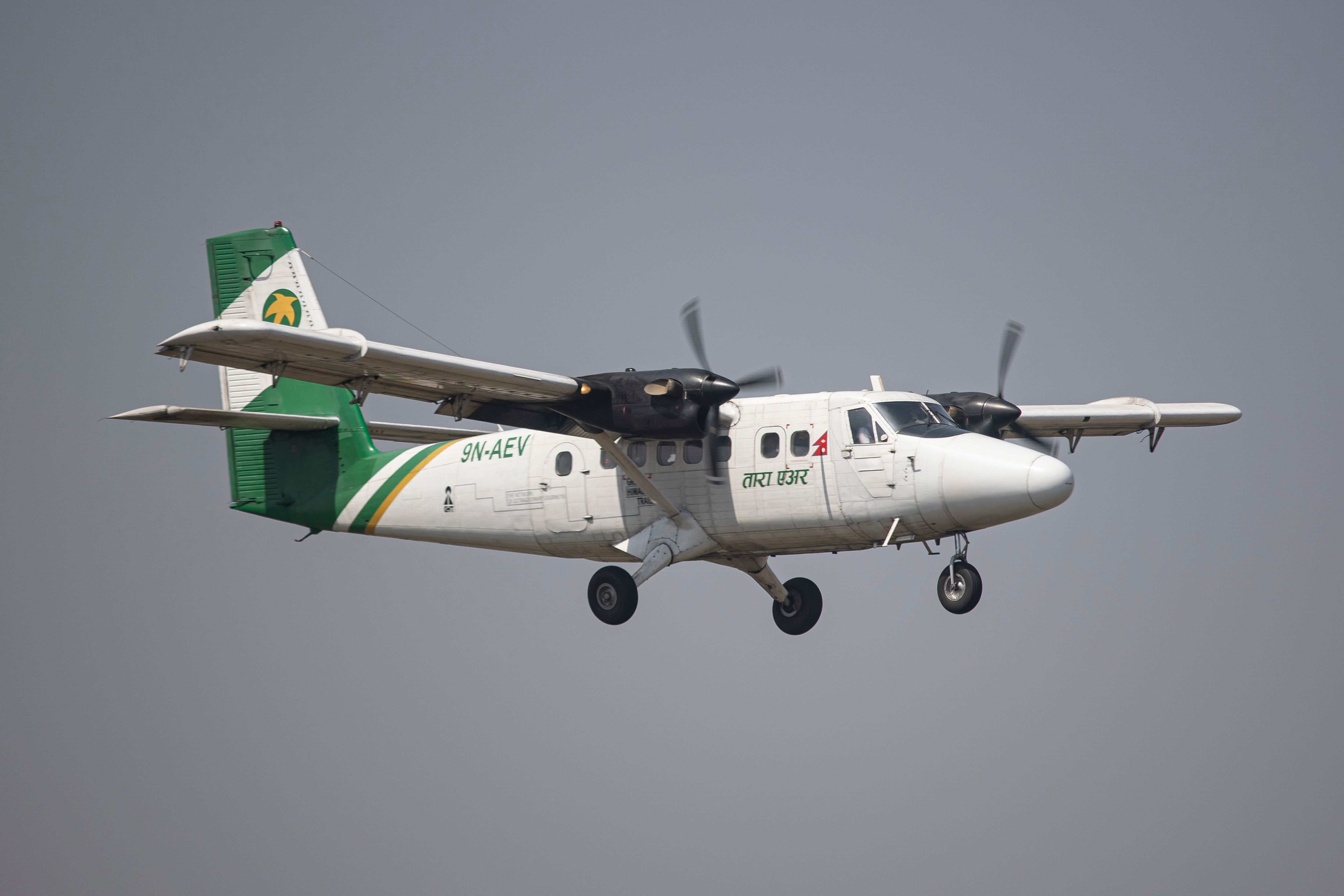As Nepal grapples with yet another fatal airline crash, the country's aviation authority has mandated changes in flight permits to prevent another tragedy. The new rules prevent the pilots from deciding to fly in tricky weather, giving the airport the ultimate authority.
Clear weather all the way
The Civil Aviation Authority of Nepal (CAAN) has made changes to existing rules of flight permits, mandating that all flights following the visual flight rules (VFR) can only be flown if the weather is clear all the way to the destination.
Before this, weather conditions only at the source and destination were considered and not for the route in between. However, the recent crash of Tara Air has made authorities realize that existing rules may not be adequate in ensuring flight safety.
According to the CAAN Notification, the pilot in command will no longer decide on the feasibility of flights; the decision regarding the weather in the plane's route will be made only at the airport. Devendra Lal Karna, deputy director-general, CAAN, said,
“We will continue to depend on the data provided by Department of Hydrology and Meteorology to decide if the weather condition is okay at any place.”
Weather most likely the culprit for Tara Air crash
A preliminary investigation into Sunday's Tara Air plane crash suggests that poor weather was most likely the cause of the accident. CAAN's initial assessment indicates that the Canadian-built turboprop plane crashed into the mountains after it swerved to the right instead of turning to the left due to inclement weather.
The wreckage was found in Sanosware, Thasang-2 of Mustang district in Nepal, and officials have declared that none of the 22 occupants of the aircraft survived the crash.
In light of the tragedy, CAAN has stated that its new guidelines will have to be followed by all flights following the visual flight rules (VFR) strictly. While submitting the flight plan, the airlines will be required to submit weather forecasting information acquired from the Department of Hydrology and Meteorology regarding the weather of the flight destination and en route.
Risky place to fly
Nepal is often viewed as being extremely tricky to conduct flights, given its risky mountainous terrains and sudden weather fluctuations. In fact, the world's deepest gorge that goes down three miles vertically between Dhaulagiri and Annapurna mountains runs through the district of Mustang, where the crash happened.
Even for landing at a big airport such as Kathmandu's Tribhuvan International Airport, pilots require extra training to familiarize themselves with the approach and go-around procedures.
Follow Simple Flying for all the latest aviation news.
Nepal has witnessed several tragic accidents over the years, mainly due to its tricky weather and topography. Sunday's crash was the second such incident in six years involving Tara Air. In 2016, 23 passengers died when a Tara Air Twin Otter aircraft was performing the same flight as yesterday's from Pokhara to Jomson and crashed into the mountains.
Hopefully, the revised rules will help prevent another similar tragedy.
Have you traveled to Nepal by air? What are your opinions on the revised flying rules there? Please share in the comment section below.



